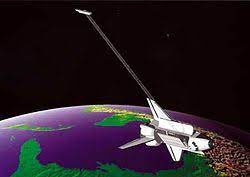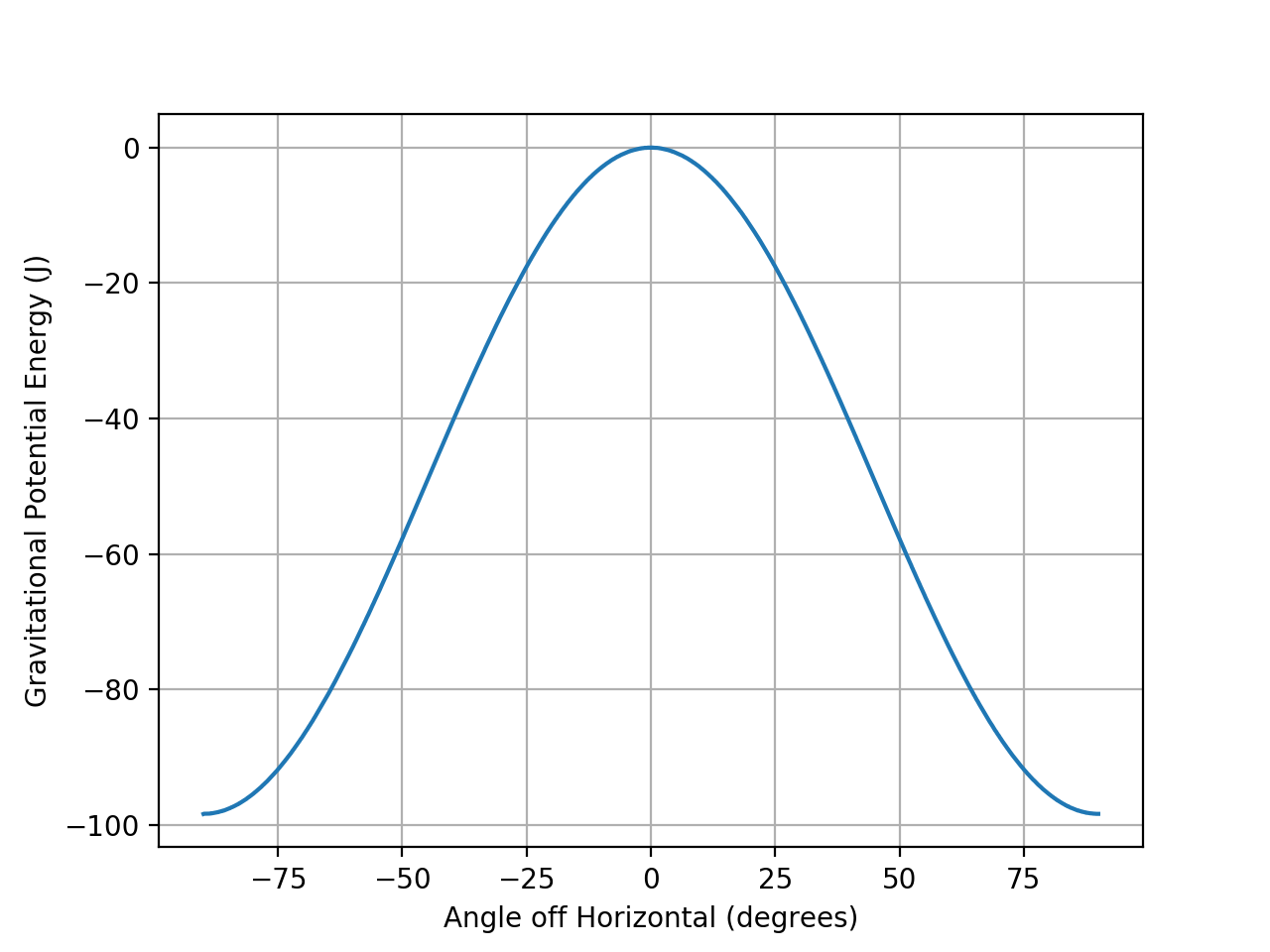The statement, "Objects don't rotate when they fall" is false.
I know this as an experimental fact b/c I worked on SRTM (https://www2.jpl.nasa.gov/srtm/). Consider the object in the figure:

We can approximate this as an asymmetric dumbbell of length $L=60\,$m and two masses, $M=2\,$Gg (the space shuttle), and $m=20\,$Mg (the outboard radar antenna). The system is a side-looking interferometric synthetic aperture radar (InSAR) with 2 antenna forming a baseline that is perpendicular to the radar wave vector...which means it needs to sit at 45 degrees off-horizontal.
That configuration is unstable. It wants to rotate as the space shuttle orbits [read: falls]. A nitrogen cylinder was rigged to a nozzle on the outboard antenna to apply a smooth torque to stabilize the position; however, it froze in space, and the mission used the shuttle's attitude thrusters (not smooth). (The ensuing oscillations in the antenna arm added 1 year to the data processing, as the relative positions of the two antenna phase centers needs to be know to a small fraction of the radar wavelength, which was 5.6 cm).
The Earth's gravity field is not uniform. It's given by the potential:
$$ V(r)=-\frac{GM_E} r $$
which can be Taylor expanded at LEO ($R=6611137.0\,$m):
$$ V(R+\delta r) = V(R)\Big[1-\frac{\delta r} R +\big(\frac{\delta r} R\big)^2 \Big]$$
The lever arms of the two masses relative to the C-O-M are:
$$ L_M = L\frac m {M+m} $$ $$ L_m = L\frac M {M+m} $$
If you plug that into the Taylor expansion and look at the change in potential energy relative to $\theta=0$ (horizontal), the 0th doesn't contribute, and 1st order terms cancel:
$$\Delta U(\theta) = \frac{V(R)}{R^2}\frac{m^2M+M^2m}{M+m}$$
The result is shown in the figure:
So horizontal is an unstable equilibrium. The system wants to be aligned vertically, and it doesn't matter which mass is higher or lower. The 180 degree symmetry is characteristic of quadrupole moments. [This is a quadrupole moment coupling (hence the mass-squared terms) to a tidal tensor (2nd order potential derivative)].
Note that the magnitude, a hundred Joules, is tiny compared with the many TJ of total potential energy; nevertheless, the torque was enough to require thruster corrections every 20 minutes.

